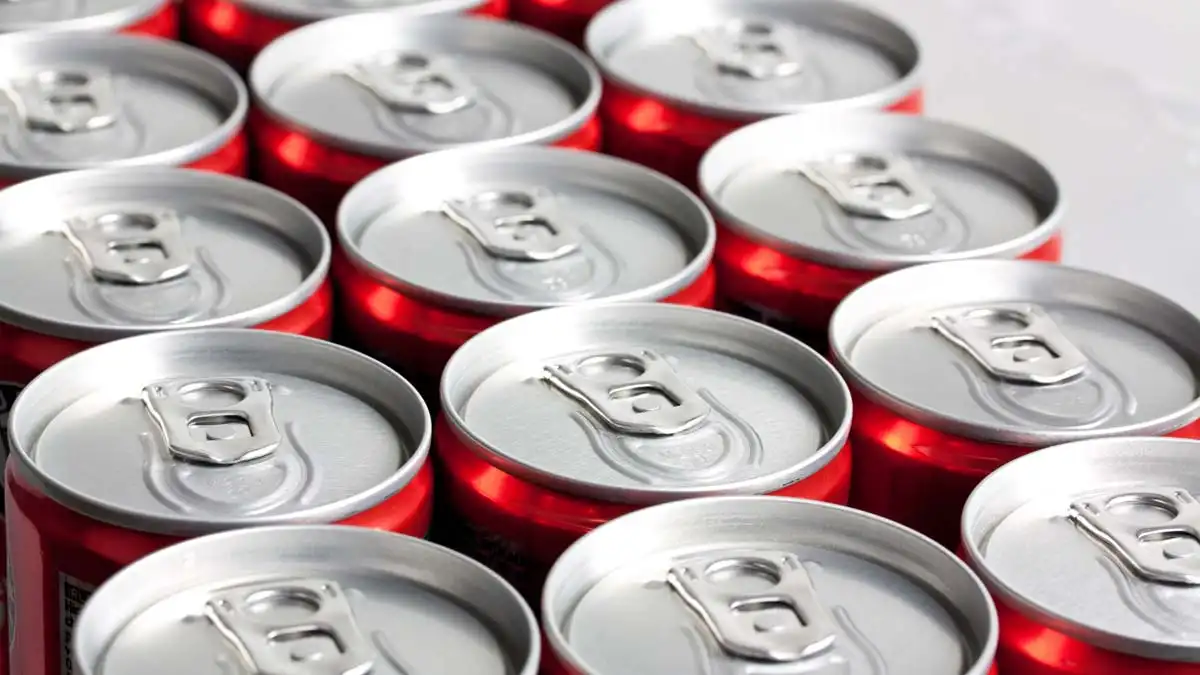Big changes are coming to how the UAE taxes sweetened beverages the government is moving away from a flat tax rate and towards a model where drinks are taxed based on how much sugar they contain. This shift aims to make prices fairer, drive healthier choices, and support public health. Here’s everything UAE residents and businesses need to know.
What’s Changing: The New Tax Model
- The UAE will replace the current flat excise tax (50%) applied uniformly to all sugar-sweetened drinks with a tiered volumetric model.
- Under the new rules, the tax will be calculated based on the sugar content per 100 millilitres. The more sugar, the higher the tax.
- The change takes effect from 1 January 2026.
How Drinks Will Be Categorised
According to publicly issued clarifications (EXTP012 from the Federal Tax Authority), drinks will fall into categories based on sugar content per 100ml:
| Category | Sugar Content (per 100 ml) | Key Tax Implications |
|---|---|---|
| High sugar | ≥ 8g | Highest tax rate applied. |
| Moderate sugar | ≥ 5g and < 8g | Intermediate rate. |
| Low sugar | < 5g | Lower taxed bracket. |
| Artificial sweeteners only | 0g sugar/other sweeteners | Zero excise tax, though registration and lab report requirements still apply. |
Which Drinks Are Affected & Which Are Exempt
Affected:
- Sweetened beverages containing added sugar or other sweetening agents (liquid, concentrate, powder, gel, extracts, etc.).
- Carbonated drinks will no longer be taxed simply because they are carbonated they’ll be taxed according to their sugar content.
Not Affected / Exempt:
- Drinks with only artificial sweeteners (no sugar or other sweeteners) zero tax.
- 100% natural fruit/vegetable juices with no added sugar or sweeteners.
- Milk, dairy products.
- Baby formula, follow-up formula, baby food.
- Beverages prepared in open containers, or by natural persons for personal/non-commercial use.
What It Means for Consumers & Businesses
For Consumers
- Drinks with high sugar content will likely become more expensive.
- Leaning towards “low sugar” or “no sugar” drinks will be more cost-effective.
- Labels may change sugar per 100 ml will matter more when choosing drinks.
For Businesses
- Manufacturers, importers, and retailers must prepare to comply: lab testing for sugar content, updating product labels, possible reformulation to reduce sugar.
- Registration with FTA will require lab reports verifying sugar/sweetener content. Products with no such report may be taxed at the highest (i.e. high sugar) rate by default.
- Stockpiling of sweetened drinks under old rules will see transitional provisions how existing inventory is treated will be detailed in implementing regulations.
Why the Change Matters
- Helps public health goals: reducing sugar intake may help lower rates of obesity, diabetes, and related illnesses.
- Encourages healthier product innovation: manufacturers may reformulate recipes to move their drinks into lower taxed tiers.
- Gives consumers more transparency and choice.
- Aligns UAE tax policy with global trends on sugar taxes and health-based fiscal policy.
Key Things to Watch & Tips
- Look out for the Cabinet Decision that will specify the exact tax rates for each sugar tier.
- Check product labels sugar content per 100 ml will become more important.
- Businesses should identify laboratories approved by the Ministry of Industry & Advanced Technology (MOIAT) for testing.
- Be aware of transitional rules: how old stock is taxed, how refunds or adjustments might work.
Final Thoughts
This sugar-tax reform is a pivotal moment: it shifts the policy from a blunt instrument (everyone taxed equally) to a nuanced, content-based approach. For consumers, it means paying for what you consume. For businesses, it means adapting possibly reducing sugar, updating practices, and leaning more on innovation.
Overall, the move promises a healthier market, more transparency, and fairer pricing.




